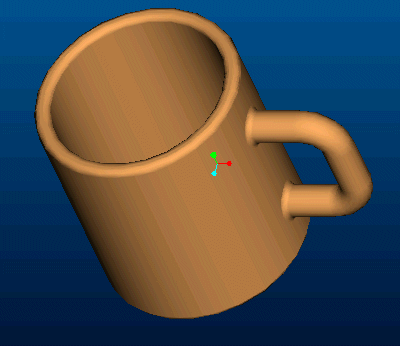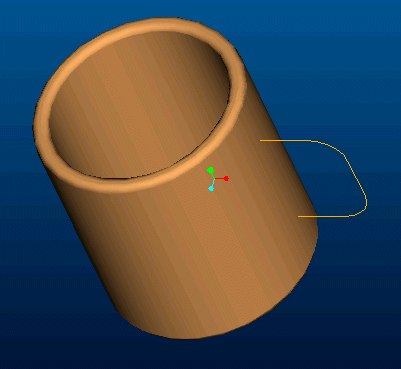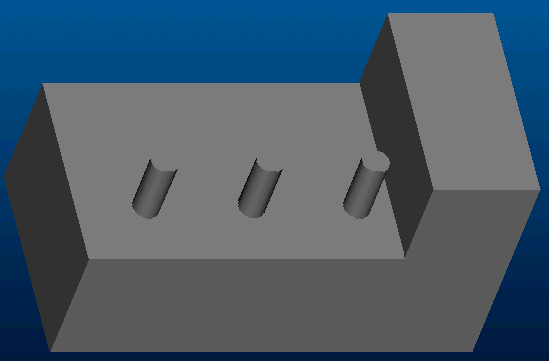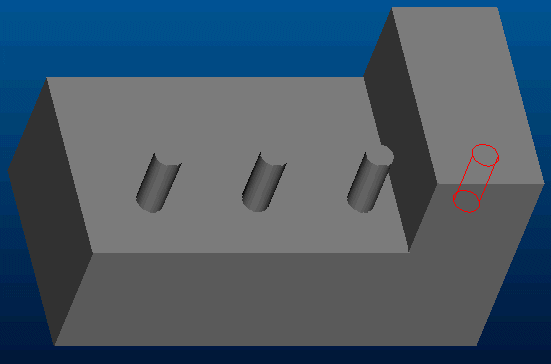PTC Creo ModelCHECK Teacher: Buried Features
A buried feature is one that is entirely surrounded by or enclosed within other features.
What causes buried features?
The two most common causes of buried features are:
• A cut (or other geometry elimination feature) that completely surrounds a solid feature (protrusion), eliminating it from view.
• A solid feature (protrusion) that completely surrounds another feature (solid or not), eliminating it from view.
Example 1: Cut eliminates the handle on the coffee cup.
In the example below, the designer did not like the handle of the coffee cup, so rather than deleting it, they created a cut (feature #10) that completely eliminated the handle geometry to make room for a new one (all that is shown is the datum curve that was used to create the handle).



The protrusion used to create the handle is still present but is completely invisible due to the existence of the cut. The correct method would have been to delete or redefine the protrusion rather than creating the cut.
Example 2: Element of patterned protrusion is hidden from view.
In the example below, a protrusion was patterned from right to left. The designer intended to end up with 4 protrusions, but due to a mistake in the dimension value, the last element of the pattern became completely buried. At the next regeneration, Creo ModelCHECK notified the designer of this by highlighting the hidden feature.


Why are buried features dangerous?
There are a number of reasons why there should not be buried features in a model:
• Intended geometry may be hidden from view.
• Trying to modify or redefine children of buried features can be confusing and difficult. Unexpected feature failures may occur.
• Creo Parametric files will be larger than necessary.
• The model will take longer to regenerate than it should because of the extra features.
How can buried features be avoided?
There is no way to query Creo Parametric to identify buried features. The only way is to use the Model Tree to highlight features one by one. You then have to examine each feature to identify if it is buried. The alternative is to have Creo ModelCHECK tell you if there are any.